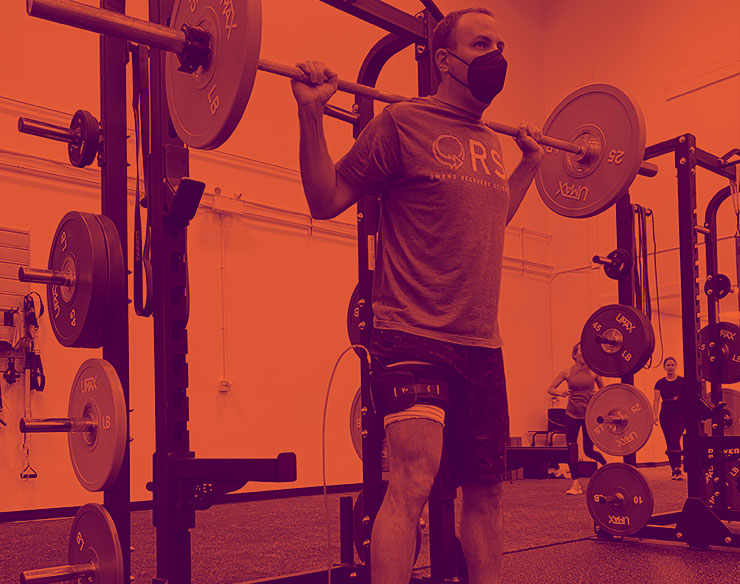What is Blood Flow Restriction training? and is it right for me?
By now you’ve probably heard of Blood Flow Restriction training, more commonly referred to as BFR. From professional athletics to post-operative rehabilitation, and even chronic conditions and tendinopathies, BFR has become synonymous with high level patient-centric rehabilitative and performance care.
Utilizing a pneumatic blood pressure cuff, we reduce arterial inflow (oxygenated blood to the extremity), and restrict venous return (de-oxygenated blood away) at the upper arm or leg while completing high volume, low resistance exercises. Low resistance, high volume hypertrophy training, with the use of BFR, has been shown to be comparable to heavy-load training over a 6-8 week period of time with traditional weight lifting (1,2).
Example:
Imagine being able to maximally unilaterally leg press 100 lbs, one time, and one time only. This represents your 1 repetition maximum (1 RM). Hypertrophy training under conventional means requires that you lift 70% of your 1 RM to achieve an increase in muscle cross sectional area and associated strength (3). This equates to 70 lbs, and is considered a high load for this individual. BFR allows you to achieve the same physiological change with just 20% (1 RM) (1).
Utilizing the Delfi Personalized Tourniquet System by Owens Recovery Science, we create a hypoxic (oxygen deficient) environment in the involved limb. Traditional high intensity strength training is replaced by low intensity exercise at just 20 lbs. of resistance, while completing sets of 30/15/15/15, with 30 second rest intervals between sets (4).

Occlusion Pressures:
Limb occlusion pressure (LOP) and personal tourniquet pressures (PTP) are unique to each individual. LOP can be best described as the required pressure to fully occlude the upper extremity (proximal arm, brachial artery), or the lower extremity (upper thigh, femoral artery). Together with BFR and our unique LOP value, we can capture our working occlusion pressure, 50% of the LOP when implementing an upper extremity exercise, and 80% when utilizing the lower extremity. This is effectively known as the personal tourniquet pressure (PTP).
What are the benefits and how is BFR utilized as part of my Performance or Reconditioning sessions at Acumen?
-
Post-operatively for early muscle re-education and strength training. This may begin immediately following surgery.
-
Skeletal muscle hypertrophy training. Increase muscle fibre size with decreased load as seen with traditional strength training techniques (5).
-
In-season low impact training and/or recovery days
-
Downstream fatigue. Higher muscle activation in proximal muscle groups with BFR during multi joint exercise (6).
-
VO2 Max training
-
Systemic effects
Services : Blood Flow Restriction Training
References:
-
Ogasawara R, Loenneke JP, Thiebaud RS , et al. Low-load bench press training to fatigue results in muscle hypertrophy similar to high-load bench press training. Int J Clin Med 2013;04:114–21
-
Schoenfeld BJ, Peterson MD, Ogborn D, et al. Effects of low- vs. high-load resistance training on muscle strength and hypertrophy in well-trained men. J Strength Cond Res 2015;29:2954–63
-
Maughan, RJ, Watson, JS, and Weir, J. Strength and cross-sectional area of human skeletal muscle. J Physiol 338: 37–49, 1983.
-
Pope ZK, Willardson JM, Schoenfeld BJ. Exercise and blood flow restriction. The Journal of Strength & Conditioning Research. 2013 Oct 1;27(10):2914-26.
-
Loenneke JP, Wilson GJ, Wilson JM (2010) A mechanistic approach to blood flow occlusion. International J of Sports Med 31(1):1–4.
-
Yasuda T, Fujita S, Ogasawara R, Sato Y, Abe T. Effects of low-intensity bench press training with restricted arm muscle blood flow on chest muscle hypertrophy: a pilot study. Clin Physiol Funct Imaging. 2010 Sep;30(5):338-343.

